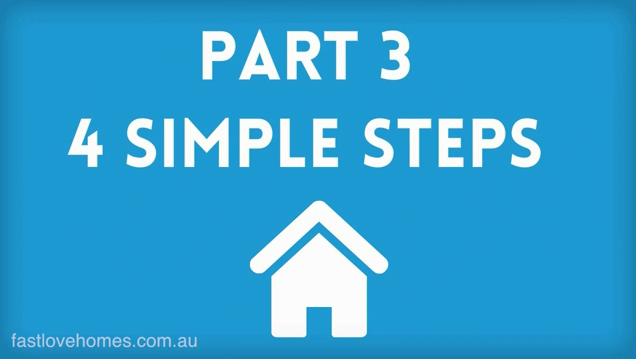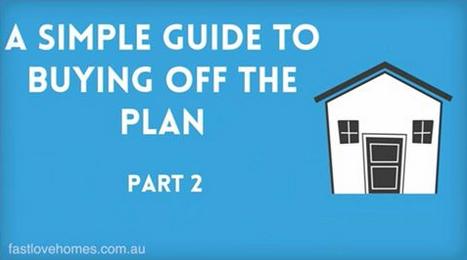 For many people buying off the plan is a new experience with a sense of the unknown. However, with an understanding of the four basic steps involved in buying off the plan it can be quite simple to buy a new home that you will love.
For many people buying off the plan is a new experience with a sense of the unknown. However, with an understanding of the four basic steps involved in buying off the plan it can be quite simple to buy a new home that you will love.
The four basic steps when buying a home off the plan are:
Step 1 – Research
Step 2 – Buy your home
Step 3 – Wait and watch
Step 4 – Take possession
Watch the video below to discover more about these four steps.
Research the local area
The first step in buying a property is conducting some research into the area you want to live. You will quickly work out the general value of the type of properties you like and their availability. If you find a home that is being offered off the plan you will need to discuss with the selling agent some of the key details about the property.
Buy your home
When you decide to buy off the plan you simply enter into a contract to say I will buy the property when it is finished being built. Usually you have to pay a deposit (commonly 10 percent) which is held in a trust until the property is settled. During the buying step, you may be able to choose a colour scheme, special additions or upgrades (known as inclusions) and special appliances that you want in your new home.
Wait and watch your home come to life
Once the contracts are signed and the construction starts, all you have to do is sit back and watch your home being built. Once building starts you should be able to get a more accurate time frame for when your new home will be complete. You can then start to sort out your living arrangements like finishing a lease or selling your existing home, and start planning your move.
Take possession
After the construction is completed, you will be able to inspect your new home and check to see if everything is the way you expected and if any requested inclusions have been added. If everything is fine, you make your remaining payment to settle the property and take possession.
Defects and warranties
One of the other benefits of buying a new home is that you have a few months to detect whether there are any defects that may show up, like a door that won’t close properly or a wobbly door handle, or something else. The builder is obliged to come back and fix them. You also enjoy the security of the builder’s warranty that covers structural problems in the unlikely event that something more problematic may show up. Builder’s warranties differ in each state so check with your agent about what length of time your warranty is.
You can find out more by watching the full series of short videos about buying property off the plan.





